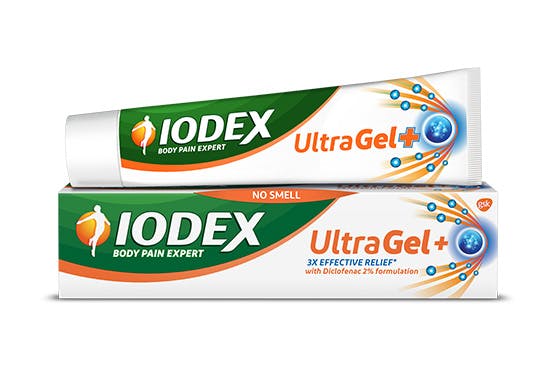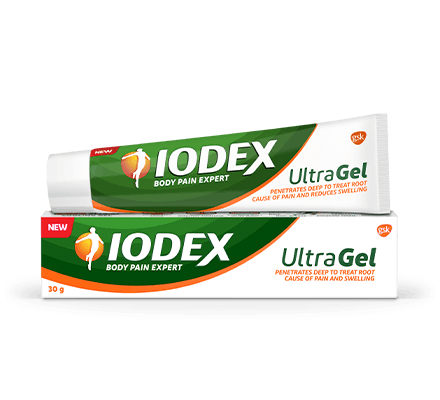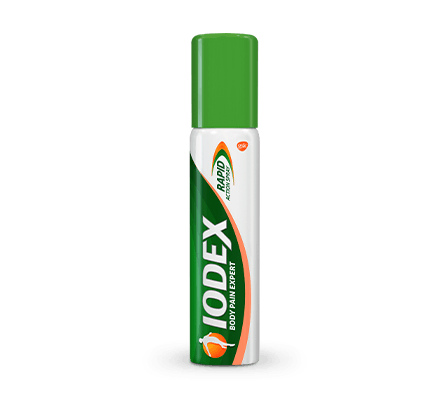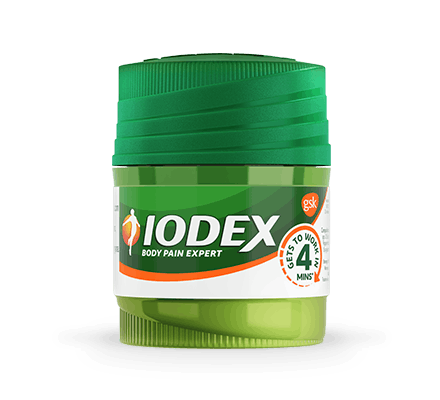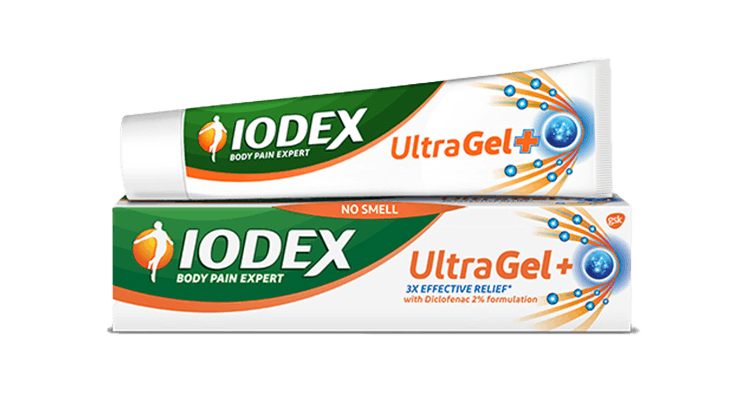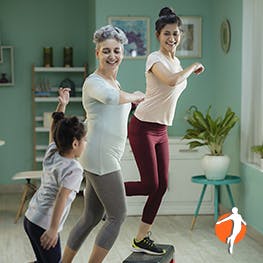
SHARE THIS ARTICLE:
Getting you feeling better and back to your regular daily activities with reliable knee pain treatment is our number one priority. That’s why we’ve put together a comprehensive guide for those times when you aren’t feeling quite like yourself because of knee pain, whether you are experiencing short term acute symptoms, or you have a longer-term chronic condition.
Whether you’re just coming around to the fact that something needs to be done about your knee pain or you are an expert at managing your pain, this guide has best practices that can work for you on your journey to knee pain relief.
How to treat a sore knee with lifestyle remedies
Knee pain treatment will vary depending on whether your knee pain is chronic or acute – in other words, whether your pain is ongoing and long-lasting or if it is the result of an injury or trauma that will heal within a short period of time.
For knee pain treatment in the case of acute knee pain or an arthritis flare-up, practice RICE, or:

Rest
Rest is necessary for tissue repair. Continued weight bearing and movement can aggravate an already affected knee. Get comfortable and get ready to stay sitting or lying down for the first few days after injured your knee.

Ice
Cold can be helpful in reducing acute pain and inflammation in the first few days after an injury. Apply an ice pack or bag of ice to your knee throughout the day. Never apply an ice pack directly to your skin. Instead, wrap it in a thin towel and then place it on your knee.

Compression
Compression can help reduce swelling. Consider carefully wrapping your knee with an elastic bandage. A word of caution – be sure not to wrap the bandage too tight or apply excessive compression, as this can interfere with blood circulation. That would be no good.
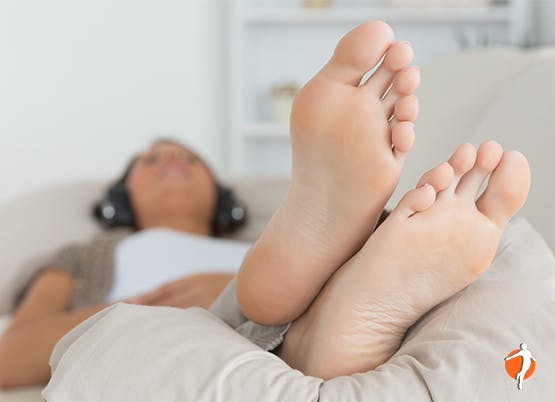
Elevation
Elevation also helps reduce swelling. Elevate your knee while resting.
For knee pain treatment in the case of chronic knee pain, there are a number of therapies for knee pain that can show positive results if you adopt them as lifestyle changes over a period of time.
Here are our top four tips for knee pain management that can help to get you back on your feet and starting to enjoy movement once more:
1. Exercise and stretching
Move more and sit less throughout the day for knee pain management. If you have knee pain from arthritis, keeping active will promote mobility and function, as well as boost your mood – a plus for facing any challenge. Depending on the condition, the US Center for Disease Control recommends 150 minutes of activity per week in order to maintain and promote joint health.1 Exercises for knee pain can be very effective at alleviating pain over time.
2. Maintain a healthy weight
Keeping fit and trim lessens the burden placed on your joints, especially your knees.2 Be sure to eat a balanced diet and stay physically active in order to maintain a healthy weight; which could help you before you need to resort to knee pain treatment.
3. Hot and cold therapy
Alternating hot and cold therapy can reduce stiffness and increase mobility in knee joints. We recommend taking a warm shower in the morning and going to sleep with a warm blanket or heating pad at night as a knee pain treatment that refreshes your spirit, as well as your joints. Cold therapy is also soothing to inflamed knees. Wrap a gel ice pack in a towel and apply it to your knee for 20 minutes at a time several times a day.
4. Diet changes
Diet impacts your body and how you feel, so it’s logical that the potential of eating certain foods to affect levels of inflammation throughout your body is being explored. Less inflammation should mean less joint and knee pain and therefore better knee pain management. Some research focuses on foods rich in omega-3 fatty acids playing a role in reducing inflammation. Omega-3-rich foods include virgin olive oil,3 turmeric,4 walnuts, chia seeds, flaxseed, and oily fish. Ginger has also been heavily studied5 as to whether it has an anti-inflammatory effect in laboratory studies. Arthritis Research UK has a detailed analysis of available diet and arthritis research.6
For fast-acting knee pain relief, sometimes going the medication route is the best option. Lifestyle remedies tend to take time until they take effect. But sometimes you need that burst of knee pain relief so you can get back to going about your business.
A word of caution is in order, however. Just because your knee pain may feel better after taking medication, this doesn’t mean your injury or underlying condition has disappeared. You should still exercise good judgment when undertaking physical activities with a now less-sore-but-still-injured knee.
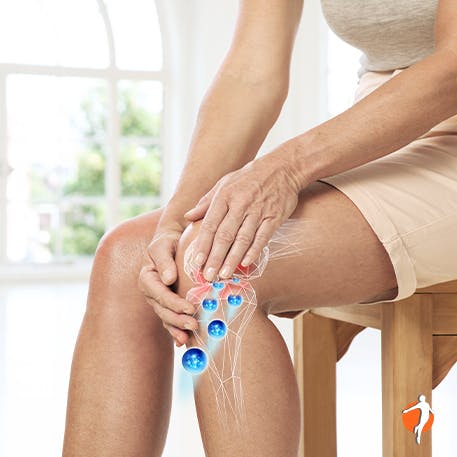
There are a number of medication options for knee pain relief. They are:
- Topical medications, like Iodex UltraGel+, which provide targeted relief from knee pain with the NSAID diclofenac9,10
- Iodex Rapid Action Pain Relief Spray: It is a unique blend of 5 active ingredients. They are known to penetrate the skin, reduce internal inflammation and provide targeted relief from knee pain7.
- Iodex Multi-Purpose Pain Relief Balm – It is a power packed formula of 5 active ingredients – Gandapuro Tel, Nilgiri Tel, Turpine Ka Tel, Peppermint Satva and Lavanga Ka Tel. These ingredients are known to help provide a soothing relief from knee pain.8
- Transcutaneous Electrical Nerve Stimulation – this isn’t strictly medication, but transcutaneous electric nerve stimulation therapy can relieve chronic knee pain. It delivers low voltage electrical stimulation via electrodes placed on the skin, delivering those signals to the brain resulting in pain relief
- Surgery, may be recommended by your physician to correct any damage to your knee, or replace the joint altogether
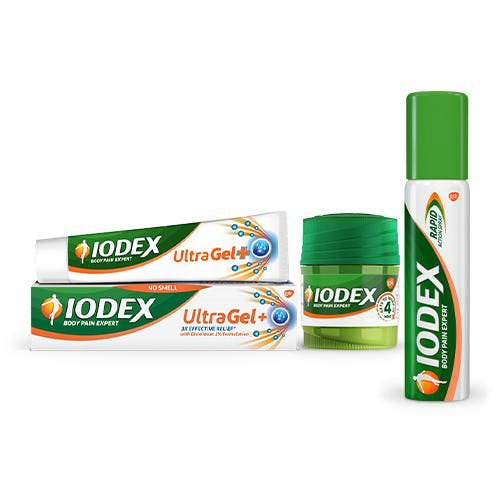
How does Iodex work to relieve Knee Pain
Iodex Ultra Gel+ is clinically proven to shorten your recovery time9 and provide relief from pain. It contains diclofenac, which works by reducing chemicals in your body that cause inflammation. Its Emulgel technology helps the gel to penetrate deep through the skin to enhance delivery of the active ingredient, diclofenac, to the site of pain and swelling, making it an effective pain reliever.10
Iodex Ultra Gel+ Emulgel formulation allows it to permeate the skin 7 times deeper10, thus treating the pain at its root. Gently massage the gel onto the skin of affected area, it penetrates and provides additional cooling and soothing effect at the site of pain and inflammation.
How to use Iodex UltraGel+ to relieve knee pain
Iodex UltraGel+ provides a triple effect: relieving pain, reducing swelling, and speeding up healing time8,9. Using Iodex UltraGel+ for knee pain couldn’t be simpler. Here’s how to use Iodex UltraGel+:
- Open your tube of Iodex UltraGel+.
- Squeeze out a small amount ranging in size from a cherry to a walnut, depending on the size of the affected area.
- Gently rub into the skin above where you are experiencing body pain.
- Apply Iodex UltraGel+ as often as the label says.
As soon as your pain subsides, stop using Iodex UltraGel+. If your pain and swelling do not improve within 7 days, or if it gets worse, please consult your doctor.
Do not apply to skin with conditions such as cuts, open wounds, or on skin that has a rash or eczema. Discontinue the treatment if a skin rash develops after applying the product.
Iodex Ultra Gel should not be used with air-tight or water-tight (occlusive) dressings, however, non-sealed breathable bandages can be used. For further details regarding precautions of using Iodex UltraGel+ or other products, please read the label.

How much Iodex UltraGel+ to apply to relieve knee pain
How much Iodex UltraGel+ to apply depends on the treatment area, this could be between a cherry size to a walnut size amount of gel. This equates to between 2 g and 4 g of gel.
When to see a doctor
Perhaps the most important part of knee pain management is knowing when not to treat your pain yourself at home. You should seek medical advice if you experience the following knee pain symptoms:
- Inability to bear weight on your knee
- Instability in your knee or feeling like your knee is about to give way
- Notable knee swelling
- Inability to fully extend or flex your knee
- Clear deformity in your leg or knee
- Redness, pain and swelling in your knee accompanied by fever
- Severe knee pain resulting from an injury
Sometimes seeing a doctor is the best course of action, and it’s certainly better to do so than be stuck in pain. The sooner you find a pain relief and pain management programme to help put you in control, the sooner you can get back to doing the things you love.
Explore Iodex’s products for pain relief

SHARE THIS ARTICLE:
Health, wellness & your pain

